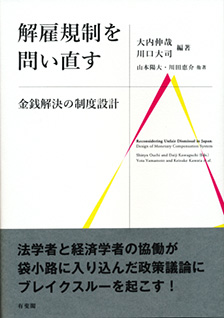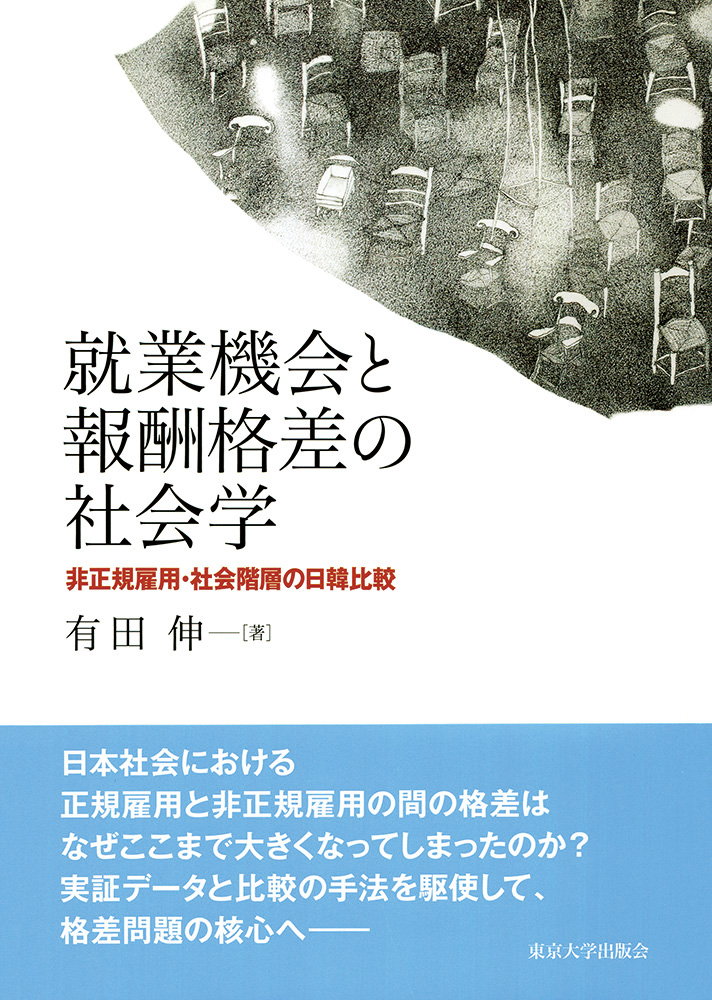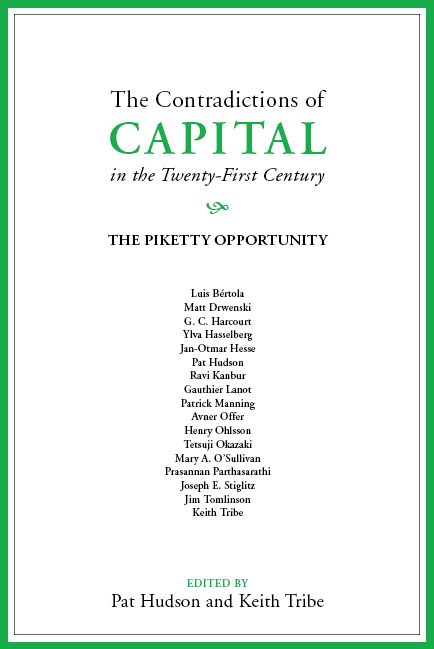
Title
Hitode busoku nanoni naze chingin ga agaranai noka (Why Are Wages Not Increasing Even Though There is a Labor Shortage?)
Size
366 pages, 127x188mm
Language
Japanese
Released
April 20, 2017
ISBN
978-4-7664-2407-2
Published by
Keio University Press
Book Info
See Book Availability at Library
Japanese Page
Japan is facing a variety of economic and labor-related issues. At the root of these is the crucial question of “Why are wages not increasing even though there is a labor shortage?”
In economics textbooks, if there is a labor shortage—that is to say, demand and supply in the labor market are tight—the price adjustment function causes real wages to rise to create a new price equilibrium. However, regardless of severe labor shortages, the steady and large-scale wage increases that the market mechanism should create have not happened for quite some time. Although it is thought that this will begin to happen at some point, there has been very little evidence of it to date.
In the early 21st century, the Japanese labor market saw a new phenomenon called “wage increase rigidity” amidst an economic boom period. In terms of economic theory, it seems that conditions are occurring in Japan that were certainly not anticipated by neo-classicists, who emphasize market supply and demand mechanisms, but were also not even foreseen by Keynesians, who argue that downward wage rigidity occurs in economic downturns. If that is so, why are wages not on any upward path whatsoever despite the shortage of workers? This is a new question of significant interest not only in Japan, but is likely also of global concern in the future.
In this regard, this book asked researchers and practitioners at the forefront of their respective fields to consider the following two questions.
Question 1: Why are wages not increasing even though there is a continuous labor shortage?
Question 2: If it is possible to increase wages in the future, how could this be done?
Members of sixteen groups agreed to contribute. The editors are proud to announce that they received an unprecedented response from these writers concerning the ambitious theme of elucidating the reasoning why wages are not rising despite the worker shortfall.
In the planning of this book and requesting contributions from writers, the editors purposefully did not clearly arrange or segregate the content beforehand. Reading this work in its entirety, one finds a significant number of commonalities in a great deal of the material. On the other hand, there is also a variety of independent viewpoints in each chapter not seen elsewhere in the book. Readers will develop an understanding of just how complex and varied the background of this issue is.
As an overview of this publication, each chapter is summarized as follows:
Supply and demand: Observations based on labor market supply and demand changes
Behavior: Observations from the viewpoint of behavioral economics
Systems: The impact on wages and other systems
Regulations: The impact of regulations on wages
Employment status: Focus on regular and irregular employment issues
Ability development: Focus on ability/human resources development
Age: Focus on older workers and generational issues
Is this issue of stagnant wages despite the labor shortage a puzzle that cannot be solved, or are there persuasive views concerning the reasons? We leave that decision up to the readers of this book.
(Written by GENDA Yuji, Professor, Institute of Social Science / 2018)



 Find a book
Find a book


 eBook
eBook









